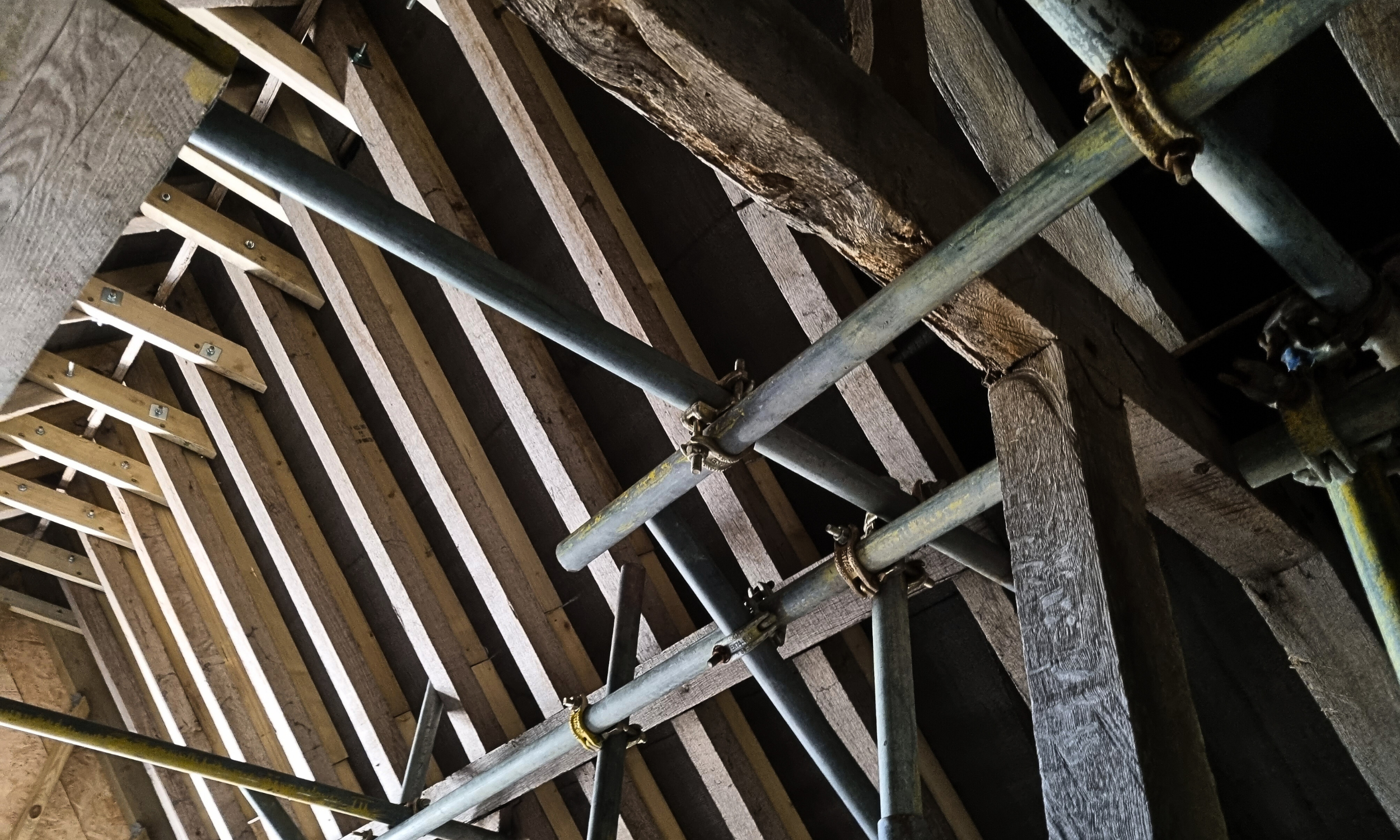How Sustainable are Your Building Materials?
This month our 1% Better Every Day mission questions ‘How sustainable are your building materials?’ We are constantly overwhelmed by information on what materials we should be using in the fight against climate change. Reports tell us we need to switch the concrete used on site for more sustainable solutions. Our steel should be recycled, and insulation should be made from natural alternatives such as sheep’s wool.
Build New or Retrofit?
With the construction industry being accountable for 40% of the world’s carbon emissions, choosing eco-friendly alternatives in our new build development is, clearly, an important move to make. However, choosing to retrofit or redevelop a building in place of starting from scratch still proves to be the most eco-friendly and responsible construction decision to make. With an average new-build detached home in the UK creating approximately 60 tonnes of CO2, redeveloping an existing building can help save up to, according to the American Institute of Architects, between 50 and 75 percent of the embodied carbon emissions compared to constructing a new building. Historic England also reports that retrofitting an historic property could in turn reduce that building’s carbon emissions by up to 60 percent.
Barn Conversion
In today’s blog we focus on a SOLID project that has utilised existing elements, helping to create a more sustainable development. ‘Hard to Find Farm’, near High Wycombe, sees the redevelopment of a collection of listed farm buildings. The five barns will be converted into properties of mixed uses including a flexible business unit, offices and residential units.
Working closely with architects WWA Studios, our client and local planning officers, the SOLID team have helped ensure an appropriate balance between old and new. By preserving the existing elements, we have not only delivered an eco-friendlier build, but we have also respected the character of the original historic fabric of the properties.
On two of the existing large steel framed barns we utilised the existing steel frames and reused the mass concrete foundations where viable. We have also worked diligently to preserve the historic traditional wooden framing and roof trusses wherever possible. Whilst many trusses had fallen into disrepair, and some sections of timberwork had experienced significant decay, all were repaired and reused using traditional timber repair techniques.
Sympathetic Blend of Old and New
Where new additions were implemented, we tried to create a sympathetic blend of old and new. The reinstatement of missing frame components, for example, are made to match the original timber and joint detailing. In places where new foundations were required, we propped the existing timber frames to allow them to remain in place with new foundations dug around the existing timber frames.
Finishing touches are also made to be in keeping with the traditional style of the property. The rainwater goods are made from black powder-coated metal and salvaged sand-faced roof tiles are to be used on the roof.
Hard to Find Farm is now approaching completion and the SOLID team are proud to have been involved in a project with so many sustainable qualities.


